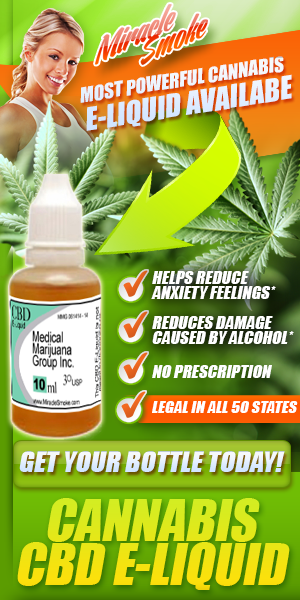According to Detox.com’s new study, meth detox usually lasts about one to two weeks, give or take a few days based on certain variables that can affect one’s need for longer care. But what happens after meth detox, and will you still experience any withdrawal symptoms after your detox program has ended?
After detox, you will absolutely need to seek addiction treatment. This is because detox alone is not a treatment for addiction but merely for dependency. In your previous facility, you will receive medications and behavioral therapies, but these will all be focused on minimizing the severity of your withdrawal symptoms. As such, you will require treatment in a rehab center (either inpatient- or outpatient-based). Detox.com states that this should last about 90 days in order for you to safely overcome your addiction symptoms, although many merely attend treatment for 30 days.
After rehab, many people choose aftercare, which is highly effective for those with addictions to drugs as dangerous as meth. Meth is a highly addictive drug, and even those who have been in recovery for years sometimes slip and relapse. This is why staying in some form of aftercare can be so helpful. There are many different options available to you, including 12-step programs, sober living facilities, group therapy, and recreational therapy.
Another reason it is so important to seek additional treatment after detox and rehab is because meth causes one of the most intense types of PAWS or post-acute withdrawal syndromes. PAWS often occurs from 2 to 6 months after one’s withdrawal symptoms have mostly subsided and after detox has ended. However, one can still experience a number of lingering symptoms during this time, including fatigue, anxiety, depression, mood swings, irritability, drug craving, and insomnia. Most of the time, these symptoms may be mild, but sometimes, they can become severe, suddenly and without warning. Many people experience intense depressive symptoms or an inability to sleep properly during PAWS. Drug cravings can also be extremely strong and come on abruptly. Recovering individuals need to be able to deal with PAWS even after their detox programs have ended, which is just another reason why these treatments are so necessary.
Most people consider the first 24 hours of meth detox to be the most severe and intense part of recovery, but this does not mean you are unlikely to experience symptoms that will be uncomfortable, painful, or even frightening down the line. As a result, you will require the type of treatment that prepares you for any eventuality and that allows you to build a solid foundation of recovery that you can rely on, rather than fearing relapse at every turn.
Detox is an important part of recovery, but you must remember that it is never the end of your journey. Instead, you should prepare yourself to continue your treatment in rehab and then in whatever aftercare program best suits your needs. After all, there is nothing wrong with seeking continuing treatment in order to stay healthy and sober.









